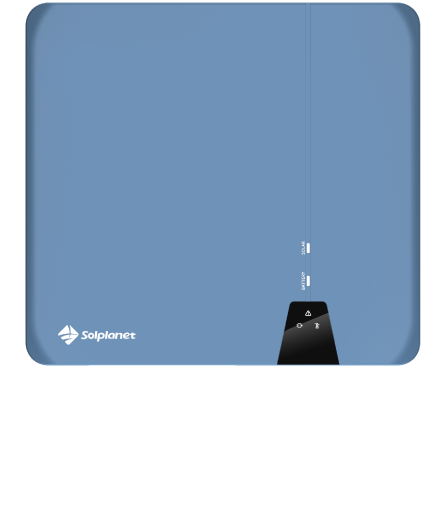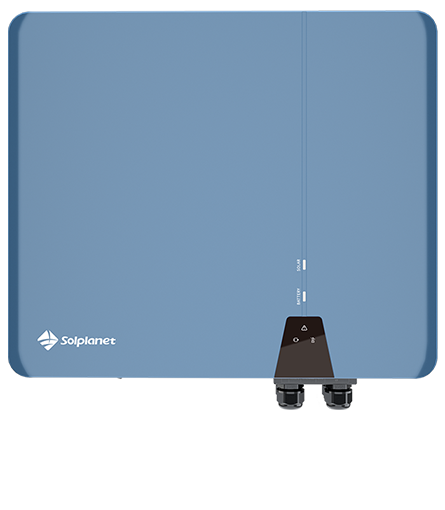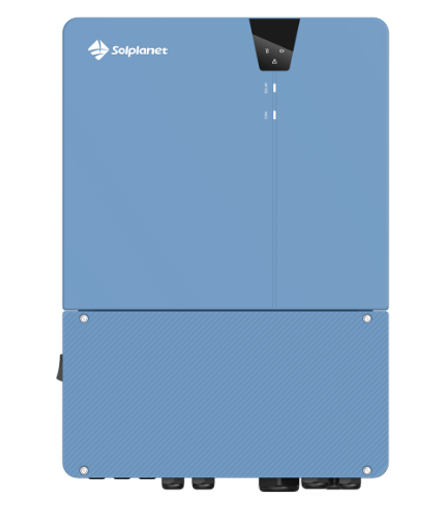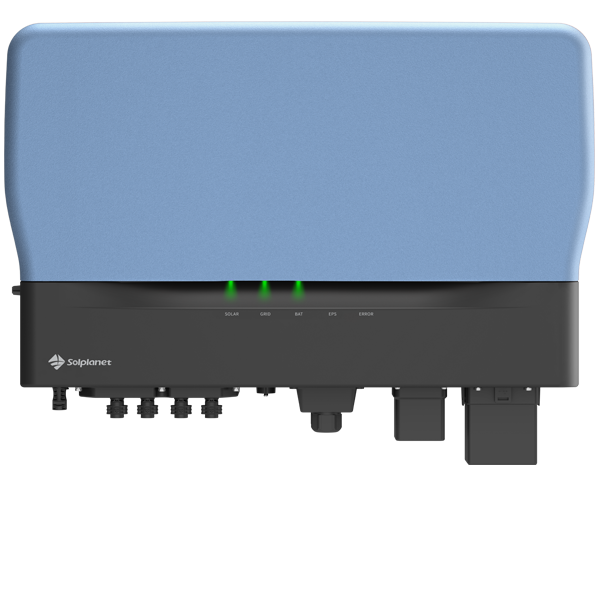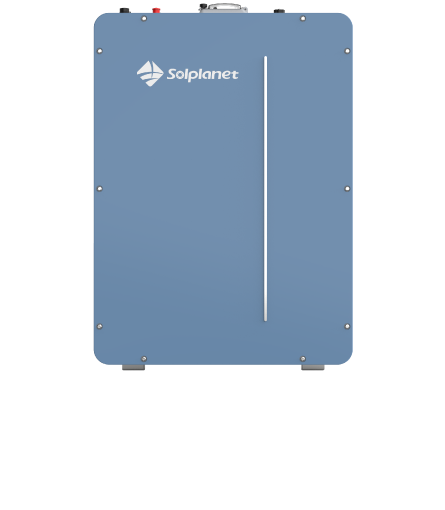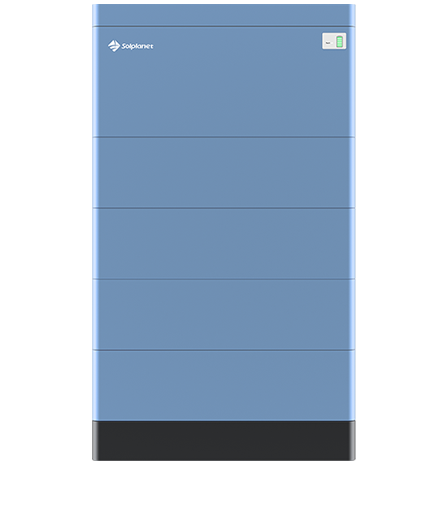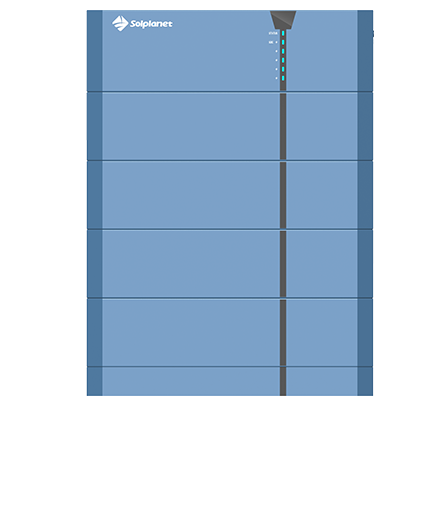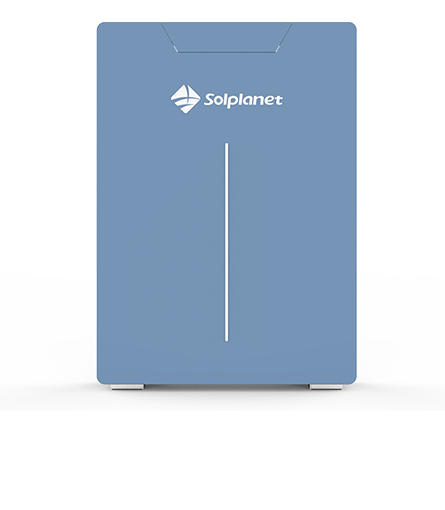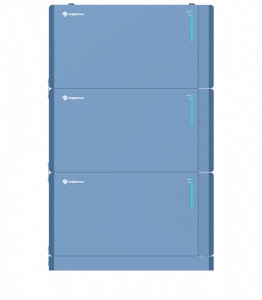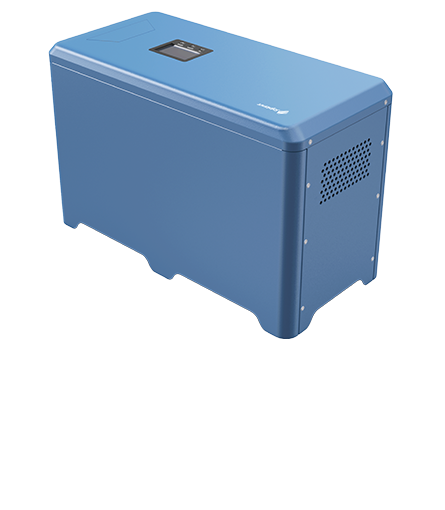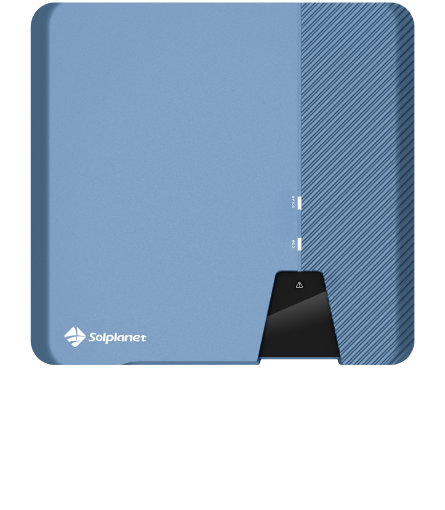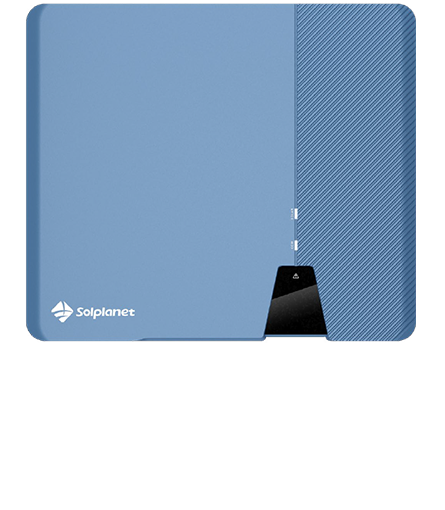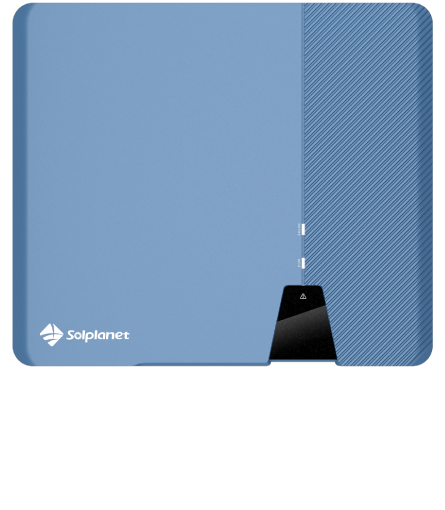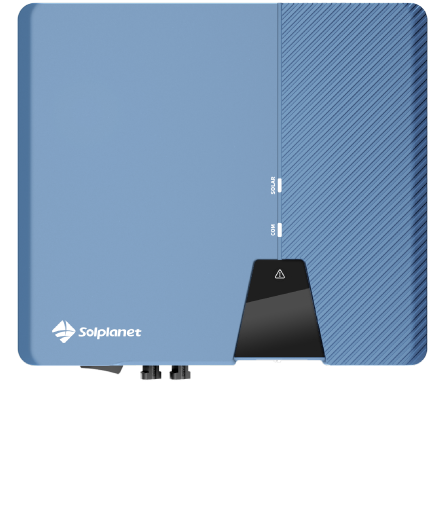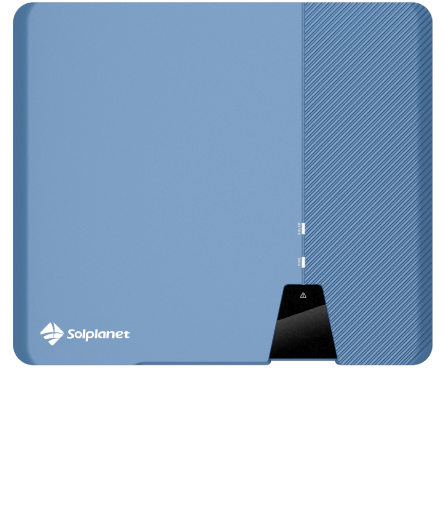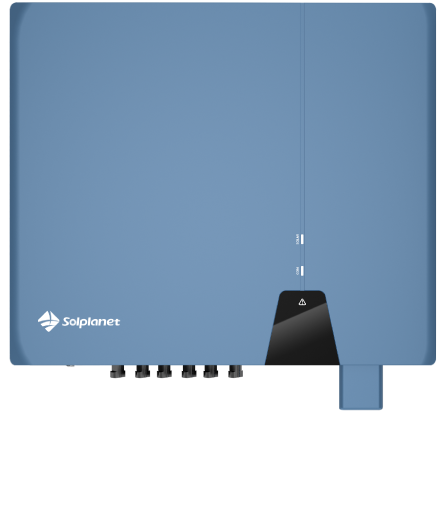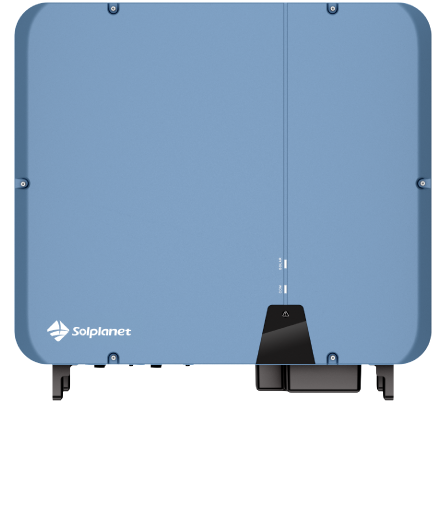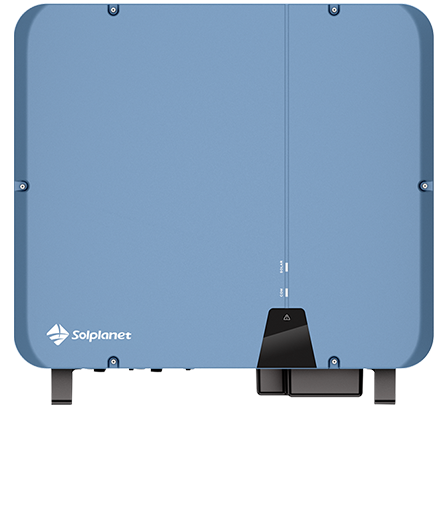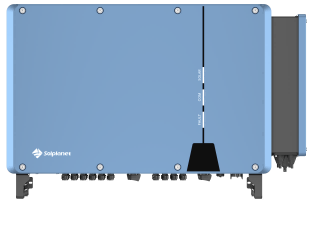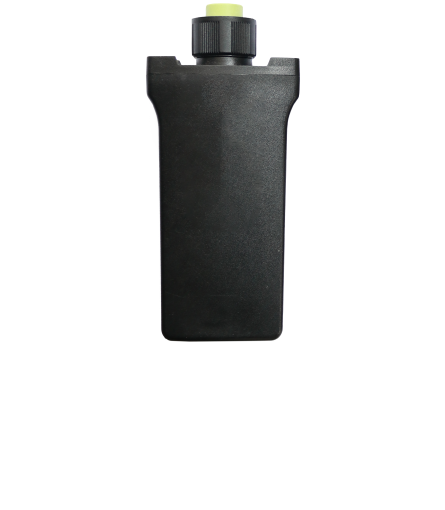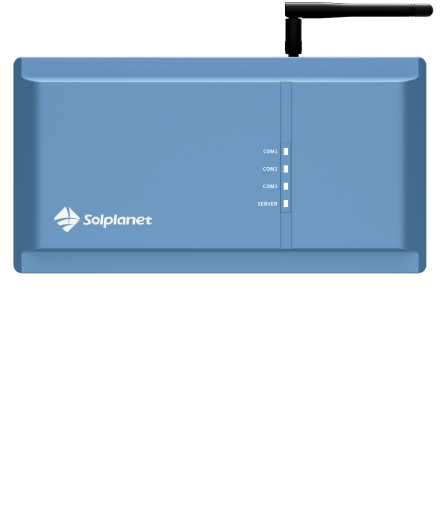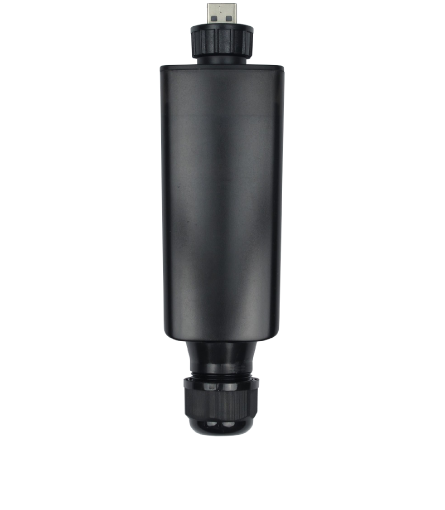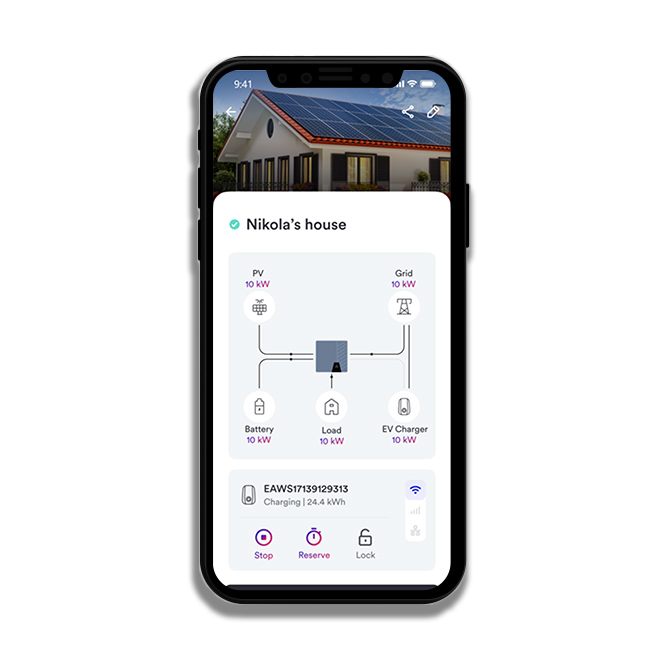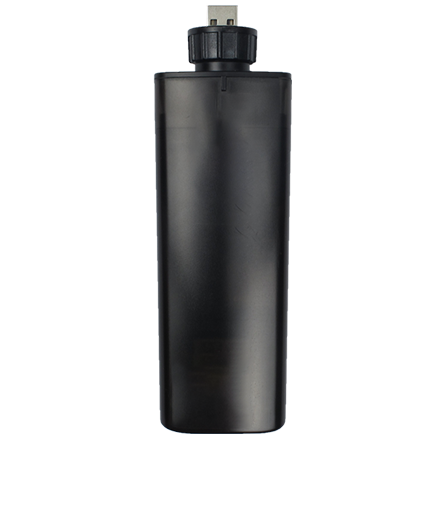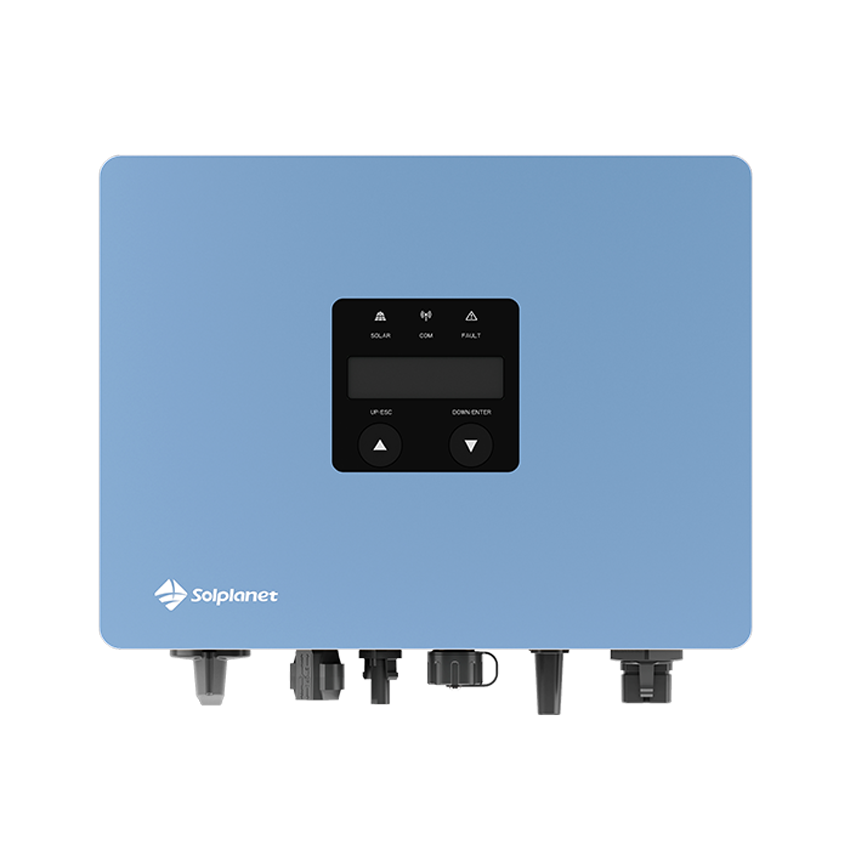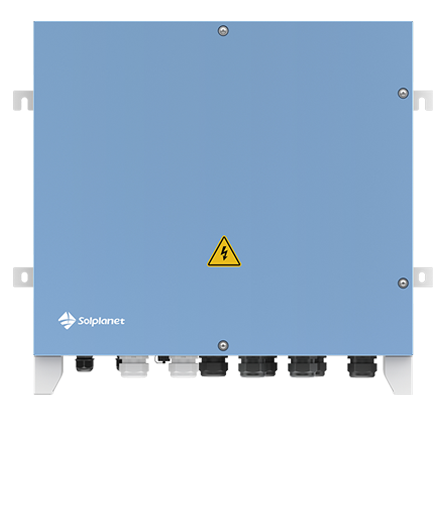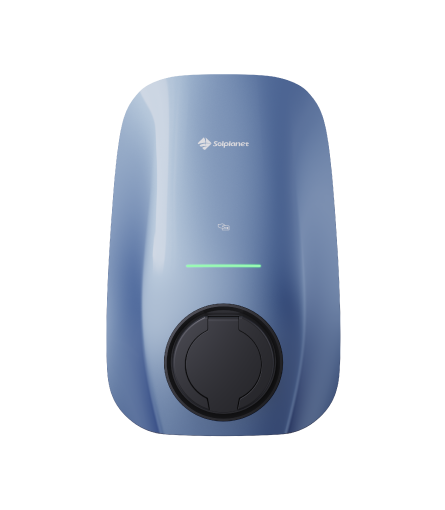Answers to your questions
LET US HELP YOU
Answer your questions
Via this portal.
You can find it here.
The start date is the earliest of the following two dates: the first installation date or
6 months after the shipment dispatch date.
Find more information about the warranty conditions here.
Normally, the inverter by default integrates some basic power management functions which are required by local gridding regulations.
A manual method to get more power management function can be realized by our dataloggers (Wifi Stick/AiCom). Log into relevant APP/webserver/Cloud, you can set the active/reactive power value, or fixed power factor, reactive power curve to control power.
Through some 3rd party control device, e.g. RRCR (radio ripple control receiver) or DRED connected to AiCom, an inverter can receive the instructions in real-time and control the output power automatically.
For more details, please refer to user manuals or contact our service for technical support.
Wifi Stick: The stick is installed on bottom of inverter house by plug-in connection. One stick can be connected with one inverter.
AiCom: Installed outside of a Solplanet inverter. The AiCom connects to an inverter via RS485 and to a router via WiFi or LAN. One AiCom can be connected to a maximum of five inverters.
Find out more here.
Yes, Solplanet inverters support third party dataloggers such as Solarlog, Meteocontrol and Solarman. In addition, for large PV plants, we can offer our protocol to a third party company to develop their own customized monitoring solution.
Aiswei Cloud does not obtain or record weather data such as irradiation, temperature or wind speed. If you require to monitor weather data, it is possible to either purchase an independent weather station or you can use an existing third party solution from suppliers such as solar-log/ meteocontrol/ solarman which can communicate with our inverters.
Yes, but it must be installed in an IP65 rated enclosure.
We do not provide local monitoring. Our monitoring solution consists of either a GPRS stick, WiFi stick or AiCom which uploads the inverter data to our Solplanet Cloud online monitoring portal which requires a reliable internet connection. We can provide our communications protocol to our customers to develop their own monitoring system. Third party monitoring devices and software such as Solarlog can be used with our Solplanet inverters.
Your privacy is of great concern to us. With your permission, your data will be stored compliant to all local legislation.
You can find the installation manual for the AISWEI Cloud here.
You can download it from either the App Store or Google Play.
This is a permanent fault. Disconnect the inverter from the utility grid and the PV array and reconnect it after 3 minutes. If this fault is still being displayed, contact your local service team.
Open the box and check the power distribution, see if the fuse is damaged.
Open the box and check the power distribution, see if the signal cable of PV1-SPD and PV2-SPD has disconnected. If the fault still occurs, please contact our service department.
Check the open-circuit voltages of the strings, make sure it is lower than the Max. DC input voltage of the inverter; If the input voltage lies within the permitted range, and the fault still occurs, maybe the internal circuit has broken, contact our service department.
Disconnect the inverter from the grid and the PV array and reconnect after 3 minutes. If this fault is still being shown, contact your local service department.
Check whether the airflow to the heat sink is obstructed.
Check whether the ambient temperature around the inverter is too high.
Check the PV array’s insulation to ground and make sure that the insulation resistance to ground is greater than 1 MOhm. Otherwise, make a visual inspection of all PV cables and modules.
Make sure the grounding connection of the inverter is reliable. If this fault occurs often, contact your local service team.
Check the open-circuit voltages of the strings and make sure it is below the maximum DC input voltage of the inverter. If the input voltage lies within the permitted range and the fault still occurs, please contact service.
Make sure the grounding connection of the inverter is reliable.
Make a visual inspection of all PV cables and modules. If this fault is still shown, contact service.
Yes, the Solplanet hybrid inverter will be launched in 2021.
Yes.
The inverter will automatically decrease its output power to protect itself from overheating. You can find the inverters power reduction curve in the installation and operating instructions.
Yes. For all Solplanet inverters, through our datalogger of AiCom and defined smart meter, you can get 0-export function by setting on datalogger’s webserver/APP/AiSWEI cloud.
For Solplanet residential inverters, you also can have export control solution through connecting the defined smart meter directly to the inverter via RS485 and enable this function on APP.
For more details, please refer to the user manuals or contact our service for support.
Yes, the PV array DC capacity can exceed the inverter AC capacity. The value of the DC/AC ratio for each type of inverter is listed in this datasheet. A typical rule of thumb is that the PV array can be oversized by 50%. This is dependent on location and site irradiation levels. Excessive PV array oversizing will waste money and cause some impact on the inverter’s reliability. If you are in doubt of oversize designing, please refer to a sizing tool or contact your local Solplanet technical expert.
Solplanet inverters cannot be used with thin film modules, which require a functional earth on either the positive or the negative DC conductor. In these cases we suggest using an isolated (transformer based) inverter. Our non-isolated (transformerless) inverters are normally designed for silicon solar modules. However, there are thin film solar panels that do not require a functional earth, and in these cases a Solplanet inverter will operate correctly. Before designing your plant, please consult with your module supplier or contact our service for technical support.
Solplanet inverters are on-grid inverters and as a result the AC side of the inverter should be connected to the utility grid. There are no settings that allow the inverter to operate in “off-grid” or “island” mode. Solplanet cannot guarantee correct operation in off-grid applications and will not warrant any damage to the inverter or the PV plant that may be caused under “off-grid” conditions.
Solplanet produces only non-isolated (transformerless) inverters. The transformerless inverter is the most common inverter in the residential and commercial market, and usually has a higher efficiency, lower cost, smaller size and lighter weight in comparison to isolated (transformer) inverters.
All Solplanet inverters are equipped with a DC Switch as default.
You can either use third party software or contact our technical support for help.
You can download the installation manual here. We recommend also watching our short and simple installation video, you can find it here.
Check the fuse and the triggering of the circuit breaker in the distribution box.
Check the grid voltage, grid usability.
Check the AC cable, grid connection on the inverter. If this fault is still being shown, contact service.
Check the grid voltage and grid connection on the inverter.
Check the grid voltage at the point of connection of the inverter. If the grid voltage is outside the permissible range due to local grid conditions, try to modify the values of the monitored operational limits after informing the electric utility company first. If the grid voltage lies within the permitted range and this fault still occurs, please contact service.
Check the grid frequency and observe how often major fluctuations occur.
If this fault is caused by frequent fluctuations, try to modify the operating parameters after informing the grid operator first.
Check the open-circuit voltages of the strings and make sure it is below the
maximum DC input voltage of the inverter. If the input voltage is within the permitted range and the fault still occurs, it might be that the internal circuit has broken. Contact service if the problem has not been solved.
TELL US ABOUT IT
Haven’t found what you are looking for?
Reach out to us, we are happy to help you.

